| IN A NUTSHELL |
|
In a world increasingly aware of the environmental cost of plastic waste, a new innovation is catching the attention of scientists and industry leaders alike. Researchers at Washington University in St. Louis have developed a groundbreaking bioplastic called LEAFF that promises to offer the durability of petroleum-based plastics while being as biodegradable as a leaf. This new material may signal a pivotal moment in the shift towards sustainable packaging solutions. With its unique composition and potential to integrate into a circular economy, LEAFF represents a significant step forward in addressing the global plastic waste crisis.
The Science Behind LEAFF
LEAFF stands for Layered, Ecological, Advanced, and multi-Functional Film. It is designed to overcome the limitations of current bioplastics like PLA and PHB, which are often criticized for their lack of durability and the requirement of high-temperature industrial composting for degradation. The innovative approach taken by researchers involves embedding cellulose nanofibers between two layers of bioplastic. This structure mimics the natural strength and resilience of leaves, allowing LEAFF to exceed the tensile strength of conventional plastics such as polyethylene and polypropylene.
According to Puneet Dhatt, a PhD student involved in the research, the material not only matches but surpasses the strength of petrochemical plastics. The multilayer design also enhances food shelf life by minimizing water and air permeability. Joshua Yuan, a leading figure in the project, highlights the multifunctionality of LEAFF, emphasizing its potential to revolutionize the packaging industry by reducing the need for additional labels due to its printable surface.
Turning Waste Into Opportunity
One of the most promising aspects of LEAFF is its potential to fit into a circular economy. The research team is developing technologies to convert agricultural waste, such as corn fermentation products and lignin, into feedstocks for producing bioplastics. This approach not only addresses the waste problem in the United States but also creates economic opportunities by generating new markets and jobs. With the U.S.’s robust agricultural infrastructure, the country is well-positioned to lead in bioplastic production, offering a competitive edge on the global stage.
Yuan points out that using domestic agricultural resources as feedstock could significantly reduce production costs, making bioplastics more accessible. This could help the U.S. meet growing global demands for sustainable packaging solutions. As the world faces increasing pressure to phase out petroleum-based plastics, LEAFF provides a scalable and environmentally friendly alternative.
Global Implications and Industry Impact
The introduction of LEAFF into the market could have far-reaching implications for the global packaging industry, which is valued at $23.5 billion. With its superior strength and biodegradability, LEAFF could become a preferred choice for companies looking to reduce their environmental footprint. The material’s potential for large-scale production and integration into existing supply chains makes it an attractive option for businesses worldwide.
Researchers are optimistic that LEAFF will inspire further innovations in the field of sustainable materials. By proving that bioplastics can match or even surpass the performance of traditional plastics, LEAFF challenges existing perceptions and opens new avenues for research and development. As more industries adopt environmentally friendly practices, the demand for materials like LEAFF is expected to grow exponentially.
Challenges and Future Prospects
Despite its promise, LEAFF faces several challenges before it can achieve widespread adoption. The scalability of its production process remains a significant hurdle, as does the need for investment in infrastructure to support its integration into the market. Additionally, public awareness and acceptance of bioplastics as a viable alternative need to increase to drive demand.
Researchers continue to explore ways to optimize the production of LEAFF and reduce costs. Collaboration with industry partners and policymakers will be crucial in overcoming these challenges. As the world grapples with the environmental impact of plastic waste, the success of innovations like LEAFF could play a pivotal role in shaping a more sustainable future.
As LEAFF moves closer to commercialization, the question remains: How quickly can the industry adapt to embrace this new material, and what impact will it have on the future of sustainable packaging?
Did you like it? 4.6/5 (23)
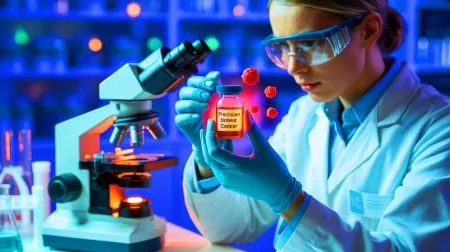
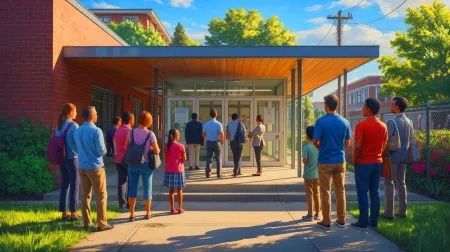
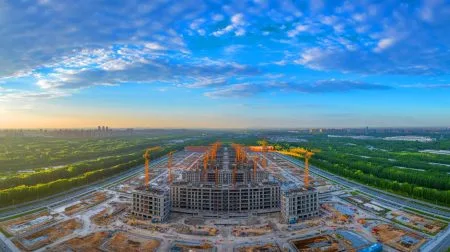

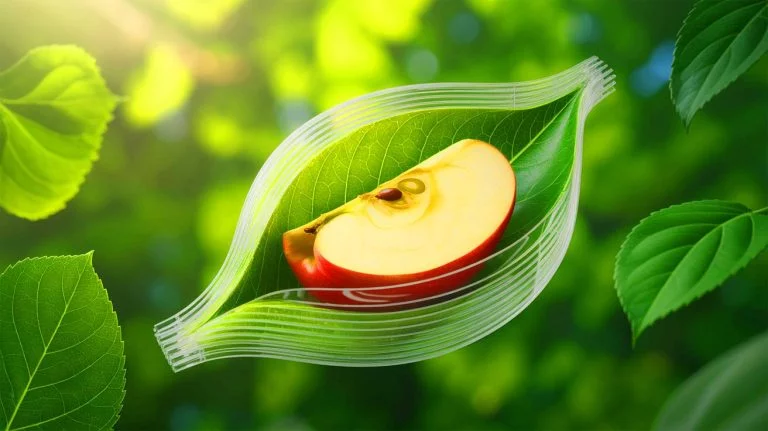

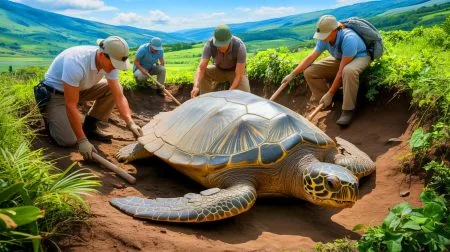
Wow, LEAFF sounds like a game-changer! Can’t wait to see it in action. 🌿
Is LEAFF really biodegradable in a home compost, or does it need industrial facilities?
This is incredible news for the environment! Thanks for sharing. 🙌
How long does it take for LEAFF to decompose compared to traditional plastics?
Finally, a plant-based solution that might actually work! Let’s hope it scales up fast. 🌱
Why haven’t we heard more about LEAFF in the mainstream media?
Great innovation, but will it be affordable for smaller companies?